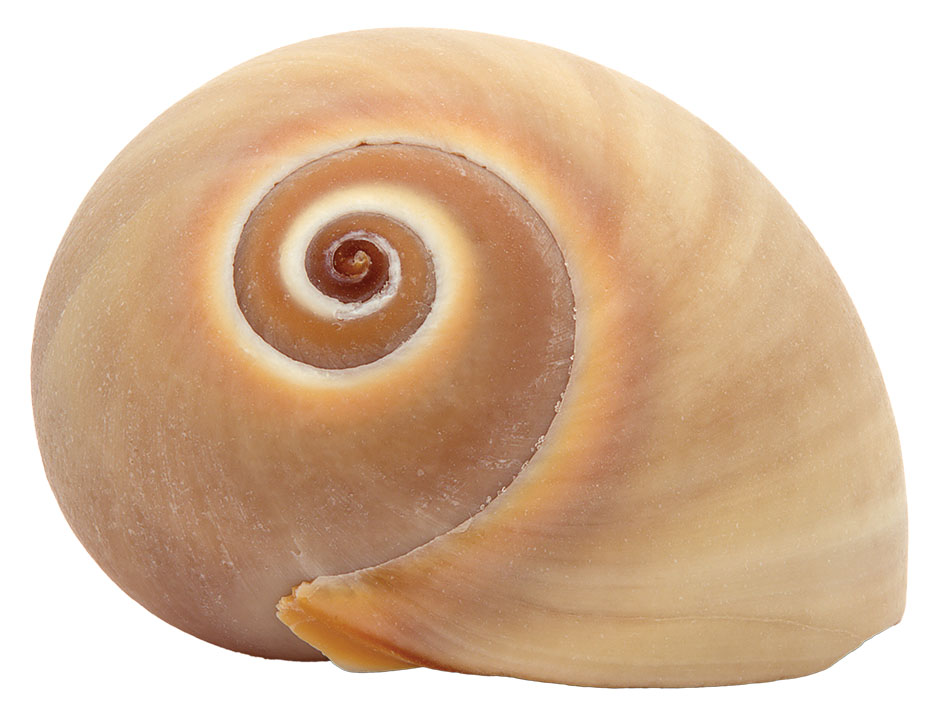Shell of a Good Time
Winter is prime time to hunt seashells on the Texas coast
By Amanda Ogle
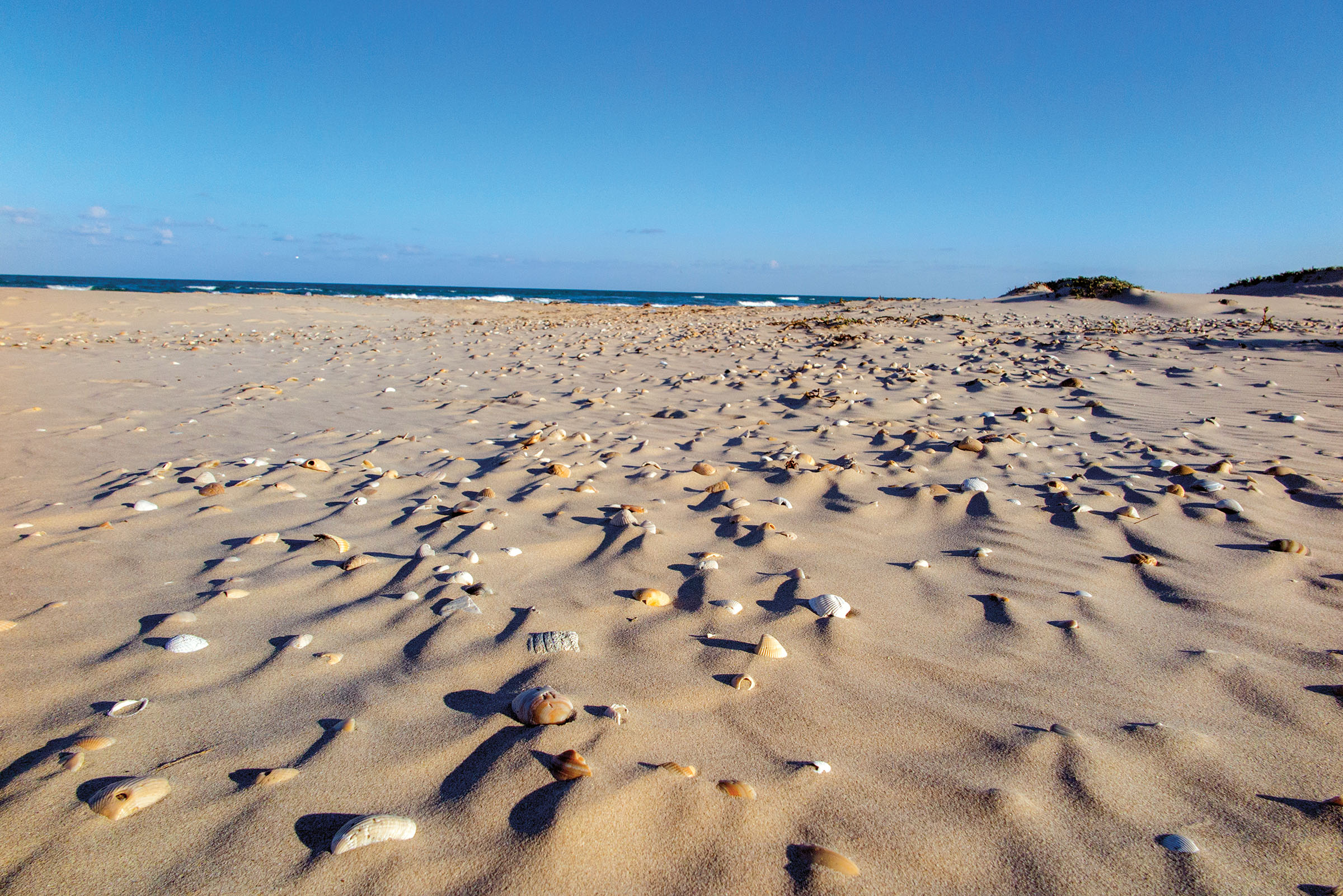
It’s common to see vacationers in the summer months combing Texas beaches for pretty seashells to take home as souvenirs. But shell searching in winter is much more rewarding. “When we get a norther—a fast-moving cold front coming from the north that brings a quick drop in temperature—the strong winds associated with it can push water and waves farther out from their usual levels,” explains Tina Petway, curator of malacology and marine invertebrates at the Houston Museum of Natural Science. “That causes some shells to become stranded and visible when they’re usually found in 2 to 15 feet of water.”
After a norther, beachcombers can find lightning whelks, coquinas, and shark’s eye moon snails scattered across the sand. It’s legal to collect empty shells on Texas beaches, but state laws protect some species in winter months. A fishing license with a saltwater fishing stamp, available from the Texas Parks and Wildlife Department online and in some stores, is required to collect live whelks and other mollusks. Make sure the shell is empty before you take it home, as hermit crabs often call whelks and other shells home.
Shell Talk
Tina Petway has worked with mollusks in most of the South Pacific Island nations, Asia, the Caribbean, and west Mexico. She has collected and studied mollusks for more than 60 years.
What’s the best time of day to go shelling?
During declining tides into the low tides, which usually happen twice a day. Checking local tide charts is the best way to find the prime time to go shelling. Generally, nighttime is the best for finding seashells because that is when they are active and searching for food or reproducing.
What types of shells should you throw back instead of keeping?
Some Texas laws now protect certain species of mollusks at some times of the year. Checking with TPWD for restrictions is always the best idea. It is hoped that a shell with a mollusk snail or a hermit crab in residence will be put back in the water to help it survive.
What should you bring to go shelling?
Bring a bucket with some plastic bags for more delicate shells. You may also want to carry a small shovel and sieve for sifting the sand to look for micro shells, as well as small jars to put them in.
367
Miles of Texas coastline
1000+
Number of species living in seashells on the Texas coast
5-8
Average age, in years, of a seashell washed up on the beach
See These Shells
Lightning whelk
The state seashell of Texas is one of the largest in the Gulf of Mexico. Make sure a hermit crab isn’t inhabiting the shell before collecting.
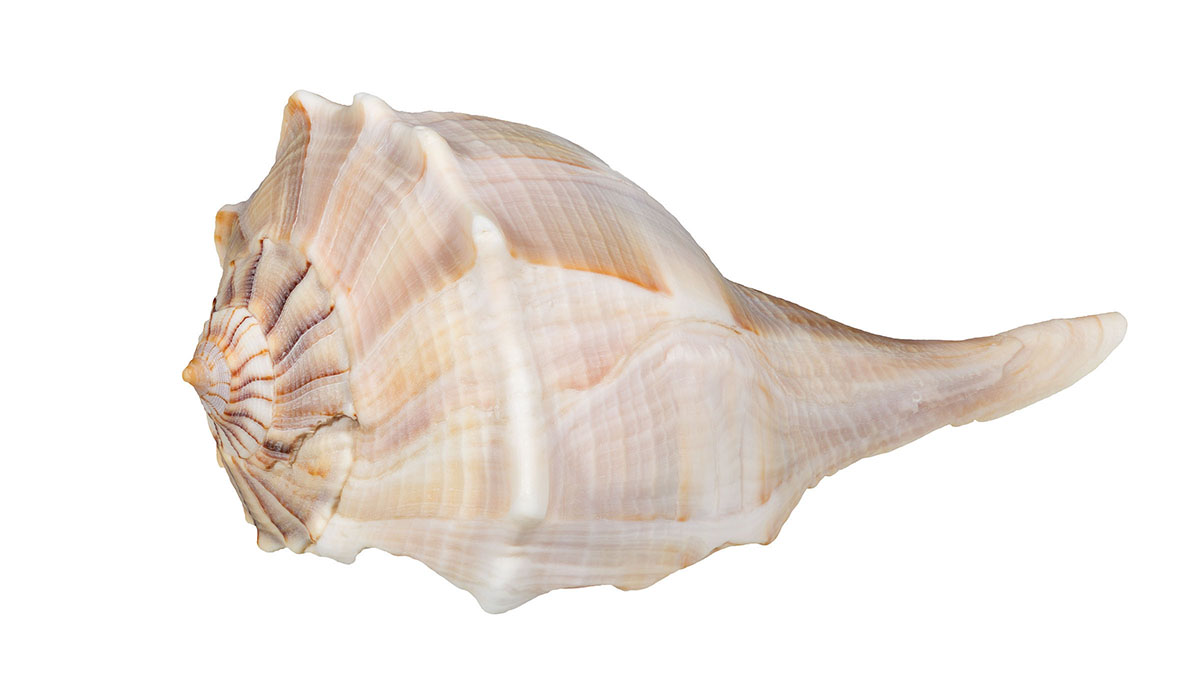
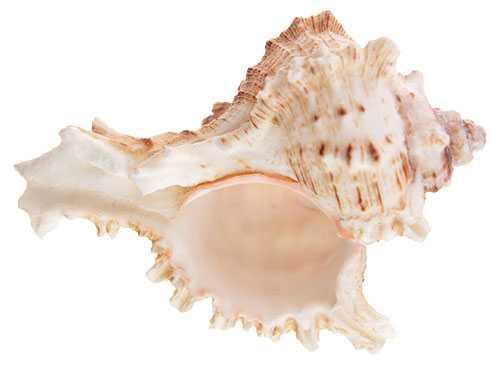
Murex
Less common, these are considered rarities because of their sharp spikes.
Wentletraps
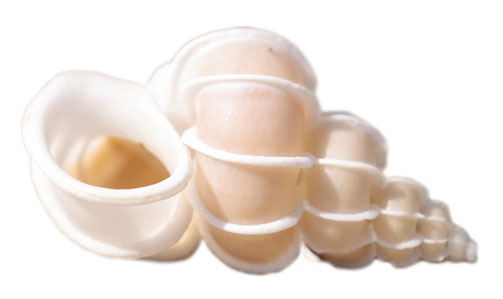
These shells look like spiral staircases. Mitchell’s wentletrap, with its brown band, is only found on the Gulf Coast.
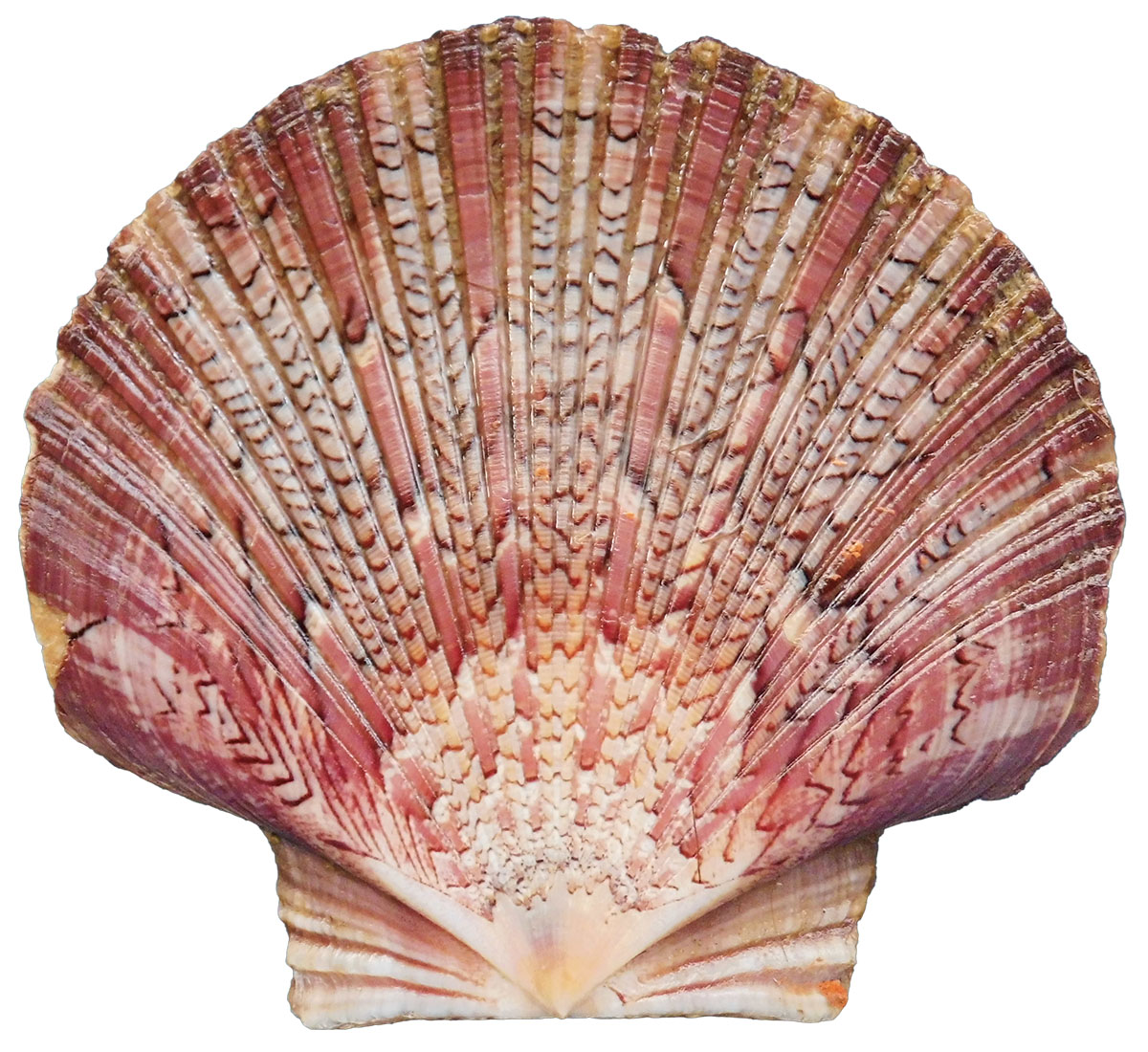
Lion's Paw
Also highly prized, lion’s paws are scallop shells in a variety of colors.
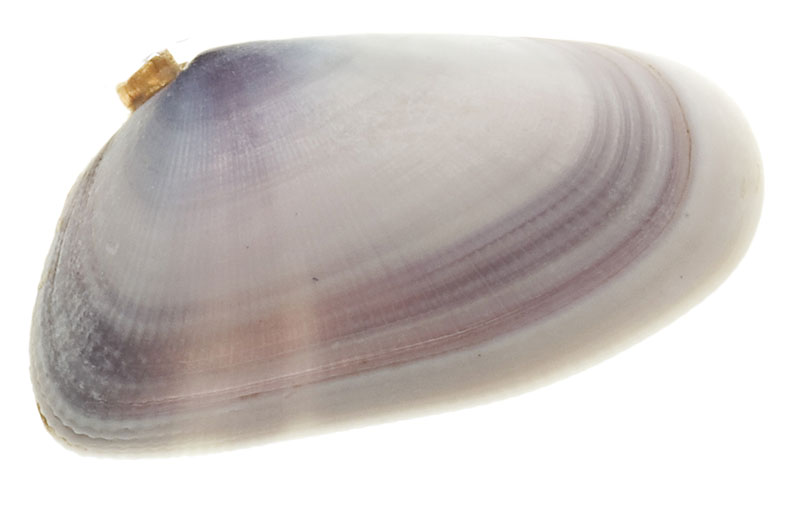
Coquinas
The commonly found shells wash up after a wave and immediately begin burrowing in the sand.
Sea
treasures
Consider yourself lucky
if you find:
Mitchell’s Wentletrap
Lion’s Paws Scallop
Flame Auger
Giant Eastern Murex
Shell or High Water
Test your shell-seeking skills on these Texas beaches
South Padre Island
On the north end, look for Atlantic cockles, lettered olives, sand dollars,
and pen shells.
Sea Rim State Park
At this coastal park in Sabine Pass, find white angel wings, brown moon snails, and shark’s eye moon snails.
Galveston Island, Freeport, and Surfside Beach
Unearth purple sea snails, Humphrey’s wentletraps, jingle shells, pear whelks, alternate tellin pairs, Hay’s rocksnails, disk dosinias, and many more.
Matagorda
From Matagorda to Corpus Christi, find Scotch bonnets, Atlantic calico scallops, brown banded wentletraps, Western Bay scallops, and others.
San José Island
Take a boat trip here to hunt at one of the best places for sand dollars.
